Couple of portraits
(2) Oil on canvas, cm 58 x 44
with frame, cm 67 x 54
A sense of deep quietness and intense introspection characterizes the pair of portraits depicting a noblewoman and a nobleman whose coat-of-arms refers to the French town of Grand-Rullecourt, located in the department of Pas-de-Calais in the region of Upper France.
Champaigne was a master at capturing the essence of his subjects, revealing their personalities through a sober and rigorous style. His portraits are not mere physical representations, but real psychological studies.
The faces, often illuminated by a sharp and cold light, seem to emerge from the darkness, revealing every detail, every wrinkle, every expression. There is no room for idealization or flattery. Champaigne paints the truth, with all its crudeness and beauty.
The poses are composed, almost static, conveying a sense of dignity and authority. The colors are cool and sober, dominated by greys, blues and browns, creating an atmosphere of seriousness and rigor.
But beyond the austere appearance, Champaigne’s portraits reveal a deep humanity. The gazes, often direct and penetrating, seem to invite the viewer to reflect on life, death, spirituality.
Philippe de Champaigne, born in Brussels and settled in Paris in 1621, was a successful court painter. He soon abandoned baroque influences for a more measured and rigorous style, becoming the favorite artist of powerful figures. Champaigne was the leading French portraitist of the reign of Louis XIII. He was employed by the king and Cardinal Richelieu, for whom he executed the series of portraits for which he is mainly remembered.
























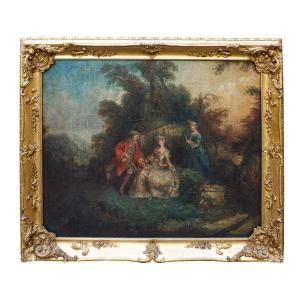





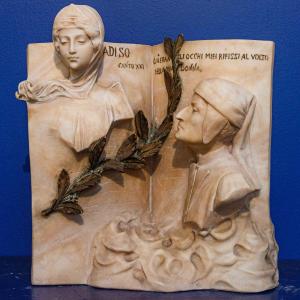

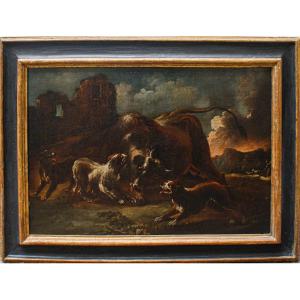

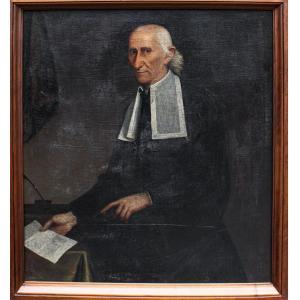

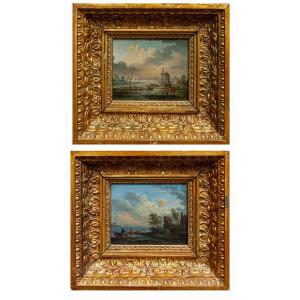




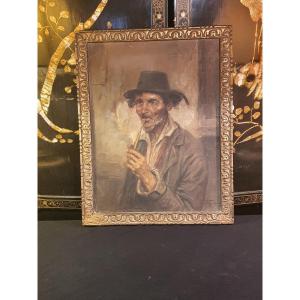
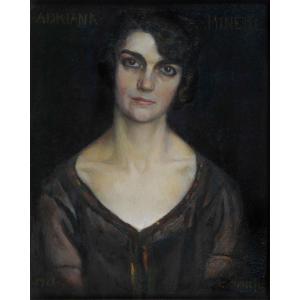



 Le Magazine de PROANTIC
Le Magazine de PROANTIC TRÉSORS Magazine
TRÉSORS Magazine Rivista Artiquariato
Rivista Artiquariato